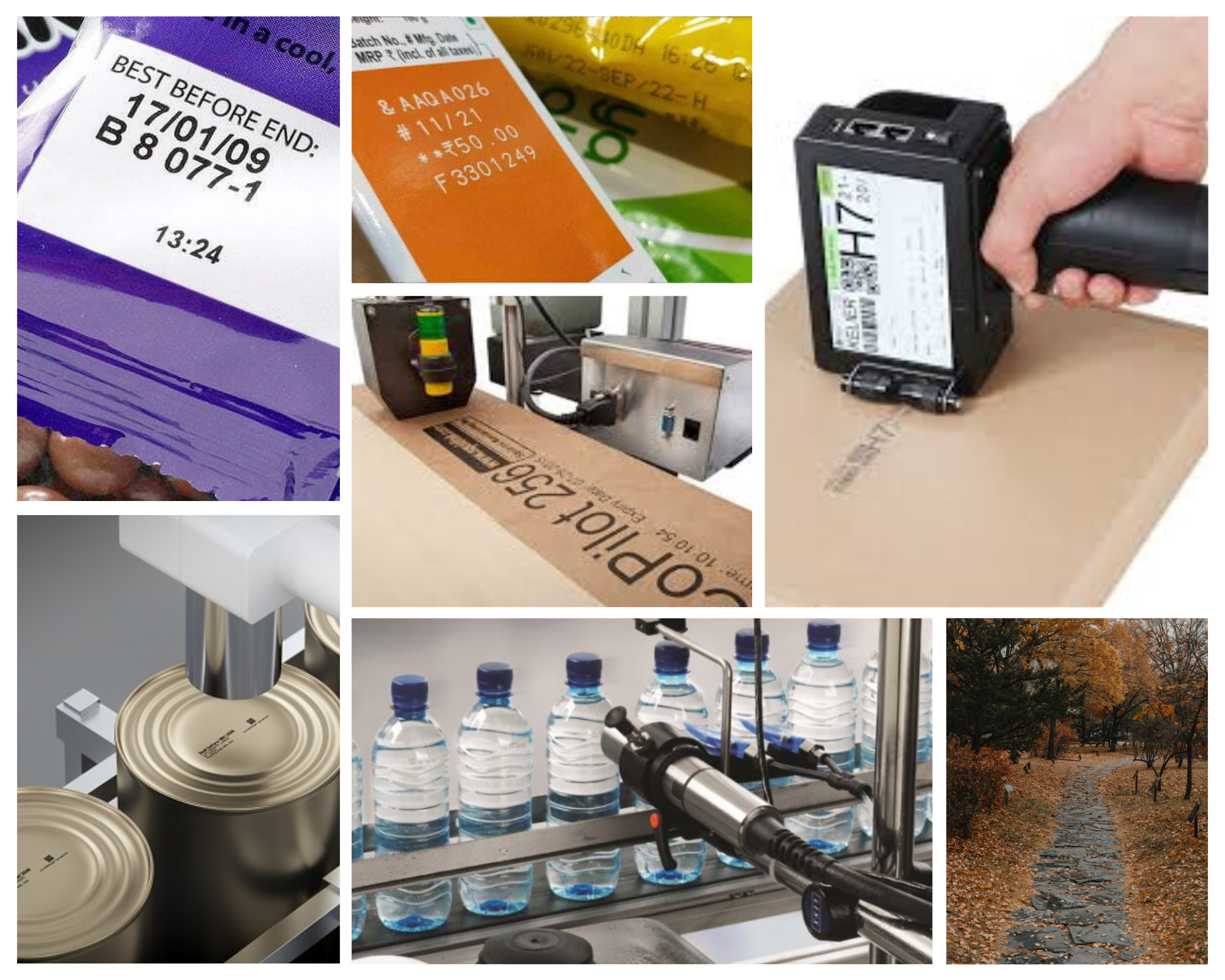Coding and marking technologies have come a long way from their humble beginnings. These methods, essential for product identification, tracking, and compliance, have evolved significantly over the years.
This evolution has not only improved the accuracy and efficiency of these processes but also opened up new possibilities for customization and innovation.
The Early Days: Manual Stamping and Handwriting
In the early days, coding and marking were manual processes. Products were marked by hand or with basic stamping tools. This was a labor-intensive and error-prone method,
suitable for small-scale operations but inadequate for the growing demands of industrial production. Handwritten labels and manually stamped codes often lacked uniformity and could easily be tampered with or degraded over time.
The Rise of Mechanical Marking
As industries expanded, the need for more reliable and efficient marking methods became evident. Mechanical marking devices, such as typewriters and rotary presses, emerged to meet this demand.
These machines allowed for more consistent and legible marks, significantly improving the speed and accuracy of the marking process. However, these methods were still relatively inflexible, often limited to simple alphanumeric characters.
The Advent of Inkjet and Laser Technologies
The introduction of inkjet and laser technologies marked a significant leap forward in coding and marking. Inkjet printers, which could print directly onto products or packaging, offered greater flexibility and speed.
They could produce high-resolution marks on a wide range of materials, from paper and cardboard to plastics and metals. This technology made it possible to include complex information such as barcodes, QR codes, and logos.
Laser marking brought another level of precision and permanence. Lasers could etch fine details onto products without physical contact, reducing wear and tear on equipment.
This method was especially valuable for industries requiring durable and tamper-resistant markings, such as pharmaceuticals, electronics, and automotive parts.
Digital Transformation and Smart Coding
The digital revolution has further transformed coding and marking. Today, advanced software systems allow for seamless integration with production lines, enabling real-time data printing and variable information marking.
Smart coding systems can automatically adjust to different product sizes, shapes, and materials, ensuring consistent quality across all items.
One of the most exciting developments is the integration of coding and marking with the Internet of Things (IoT). Smart sensors and connected devices can monitor and control marking systems, providing real-time feedback and diagnostics.
This enhances traceability and helps prevent errors, ensuring that each product is correctly marked and tracked throughout its lifecycle.

Sustainability and Future Trends
As industries become more environmentally conscious, there is a growing focus on sustainable coding and marking solutions.
Water-based and solvent-free inks are being developed to reduce the environmental impact. Additionally, new materials and techniques are being explored to create recyclable and biodegradable labels.
Looking ahead, the future of coding and marking will likely be shaped by further advancements in technology. Artificial intelligence (AI) and machine learning could play a
significant role in optimizing marking processes, predicting maintenance needs, and enhancing quality control. Augmented reality (AR) and blockchain technology might also be integrated to provide even greater levels of transparency and security.
Conclusion
The evolution of coding and marking has been a journey from manual processes to highly sophisticated, automated systems. These advancements have revolutionized how products are identified, tracked, and managed, bringing numerous benefits to industries and consumers alike.
As technology continues to advance, we can expect even more innovative and sustainable solutions to emerge, further enhancing the efficiency and accuracy of coding and marking processes. Whether through AI, IoT, or other emerging technologies, the future of coding and marking promises to be as dynamic and transformative as its past.
